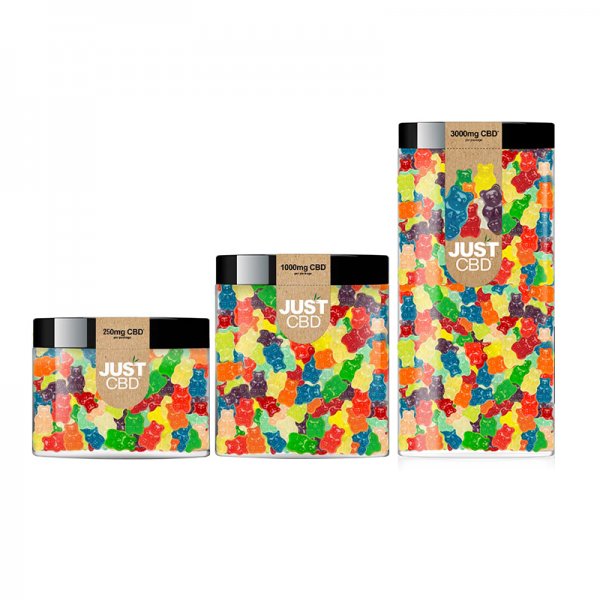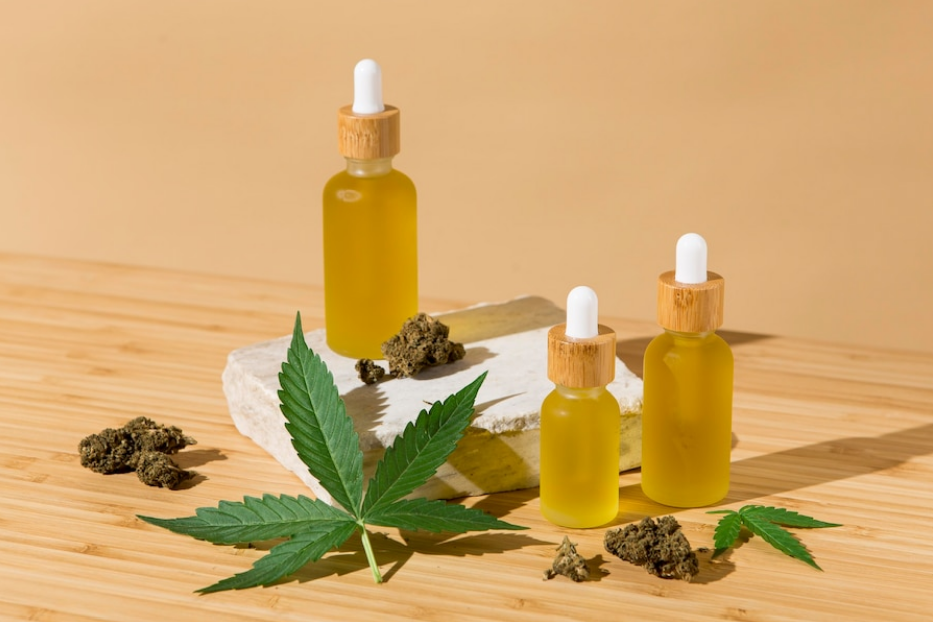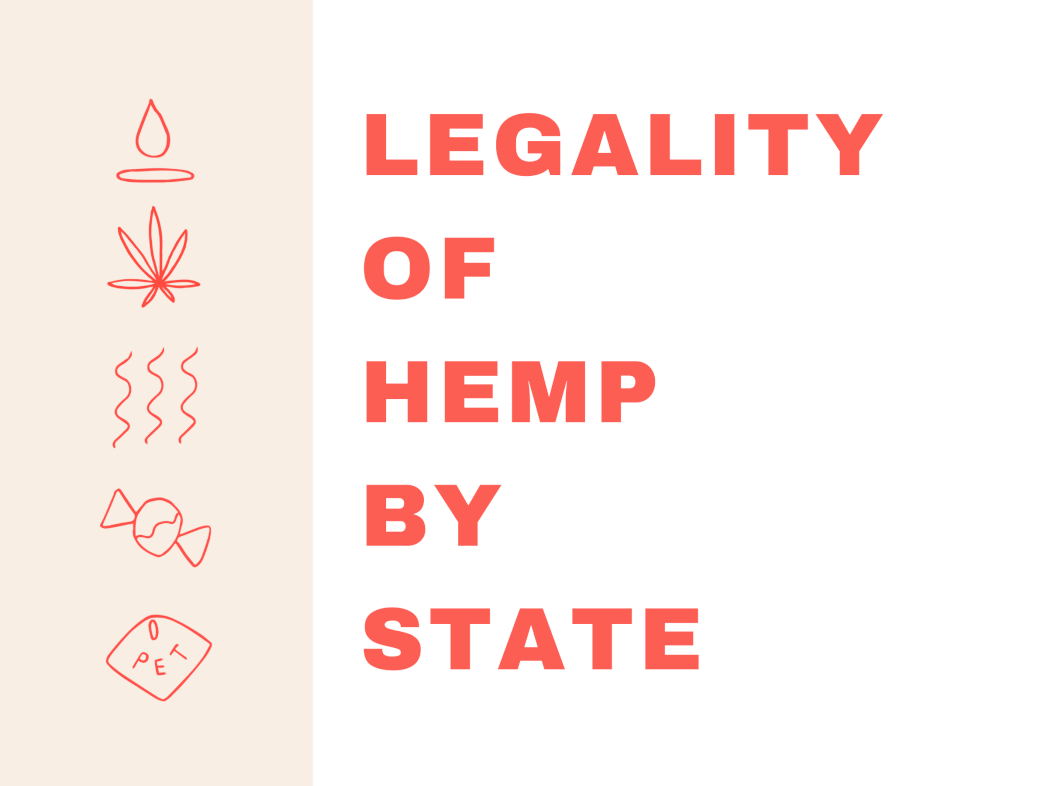
You may wonder, "When did Colorado legalize marijuana?" It is true that marijuana was not legalized in Colorado until 2016. However, the state did legalize marijuana for sale in 2014 and 2016. The facts will be covered in this article. It's worth reading the whole story.
In 2014
It was a long road. Legalization of marijuana poses many challenges. The first is cultural. The first is cultural. Marijuana was illegal in most of the world's history, so bringing it to Colorado's adult-use market requires cultural changes. Colorado faced opposition from health care providers and law enforcement officials, among other groups. Colorado's political climate is often divided, with opponents often winning.
Amendment 64, Colorado's legalization of marijuana, was approved by Colorado voters on November 12, 2012. This law allows anyone to grow up six marijuana plants. Adults 21 years old and older can now possess up to one ounce of marijuana that they have derived from these plants. They are also allowed to give as much as one ounce to friends and family.

Colorado legalized marijuana, which has generated significant revenue. The state government has reported a $247 million annual revenue from marijuana taxes. Colorado's legalization of marijuana has allowed for a flourishing marijuana industry. However, some people are skeptics and fear that legalization will lead to increased criminal activity.
Positive marijuana test rates have increased since legalization. The state's marijuana law has made it harder to find employees to meet the growing demand. The state has seen many marijuana-related fatalities over the last five years. In one instance, a father shot his wife after she consumed marijuana edibles, while another death involved a young man visiting Colorado with his family. A large number of fatal traffic accidents were caused by marijuana use.
In 2016
Amendment 64 was approved in Colorado by voters. It legalized recreational marijuana in November 2012. Colorado residents now have the right to possess up one ounce of marijuana and can grow up six plants at their home. You can also give one ounce to someone as a gift. However, they must be at least 21 to use marijuana in public.
However, legalization poses some problems. First, the law contradicts federal law, which continues prohibiting marijuana use. Businesses and consumers are also at risk because marijuana purchased in Colorado can be transferred to other states where it's still illegal. Solicitor General Donald B. Verrilli Jr. has also asked the court to reject the case.

The number of marijuana parcels being seized in Colorado since the law was passed has increased significantly. The number of marijuana parcels seized by Colorado's post office increased 1,042 per cent between 2013-2017. Legalization has made it easier for marijuana to be legalized. Although some people may still be sceptical about cannabis, many are more inclined to support legalization.
It is becoming more dangerous to use marijuana, especially among youth. Small children are at greater risk of getting poisoned from marijuana. However, there are still very few cases of marijuana poisonings. Only 47 calls to Colorado poison control centers were recorded in 2015, up from zero just a few years ago. Also, adult emergency rooms are seeing an increase in visits. However this may be due to more people reporting bad experiences with marijuana.
FAQ
What does CBD's price vary in different states?
Prices for CBD products vary widely depending on where you live. Prices can vary up to ten times, in fact.
The prices go up the further you go north. CBD can be found in Alaska at $35 per kilogram, and Hawaii at $200 per grams.
This trend continues across the country. Prices can range from $5-$2,500 per gram.
Why is it happening?
One reason why prices vary so much is because of the varying levels of regulation. Some states require that CBD products contain no THC (the psychoactive ingredient of marijuana). Other states don't care what level of THC is present.
Some companies will sell their products in one place and ship to another.
Can I use CBD during pregnancy?
There isn't enough research to know if CBD is safe to use during pregnancy.
Based on the limited information, however, it seems unlikely that CBD would cause harm for the baby.
Pregnant women should not take CBD unless their doctor has recommended it.
The Food and Drug Administration has issued a warning regarding potential risks of CBD use during pregnancy.
According to the FDA, "there is some evidence that cannabis use during pregnancy may increase the risk of miscarriage."
The agency stated that further research is required before a firm conclusion could be drawn.
Is there evidence that CBD reduces anxiety?
CBD oil can be used to treat anxiety. It interacts with CB1 receptors and CB2 receptors in your brain. The endocannabinoid (Endocannabinoid) system regulates mood, stress and responses.
CB1 receptors are activated by chemicals released when we feel anxious. When activated, this receptor sends signals to the amygdala, which is responsible for emotional processing.
When the CB1 receptor is blocked, the amygdala doesn't receive the signal to process emotions. CBD users report less negative feelings.
In 2017, a study showed that CBD can reduce anxiety in people with social phobia. Another study confirmed that CBD can reduce symptoms associated with PTSD.
A 2018 study concluded that CBD can be used to treat anxiety disorders and anxiolytic effects.
Another review suggested that CBD might also reduce panic attacks.
However, numerous studies have shown CBD to increase anxiety levels in mice.
The difference in results between animals and humans could be explained by differences in the way that CBD is metabolized in different species.
CBD has not been shown to be safe long-term. Experts are unanimous that CBD is safe if used as directed.
What are some common mistakes that companies make when they enter the US cannabinoid market?
The first mistake is not understanding what the regulations are for cannabis products. This could mean that you may have to change your product formulation.
Another mistake is not being able to correctly label your product. Know whether your product contains THC, CBD or both.
Third, it is important to understand how to properly package your product. If you have a product that contains THC, make sure it is properly packaged.
If your product does not contain THC, then you should still follow all packaging laws because there are many states where cannabidiol (CBD) is legal.
Keep track of any recalls regarding your products. If your product is defective, you should notify customers immediately.
What is the future in CBD?
The future is bright for the CBD industry. It is clear why so many people are getting on board with this industry. With over $1 billion spent globally by consumers on CBD products alone, it's not hard to see how this market is growing exponentially.
In fact, according to Statista, global sales for cannabidiol (CBD) were expected to reach $22.4 billion in 2019. This represents a nearly 200% increase over 2018!
A compound annual growth rate (CAGR) of 22.5% is predicted for the CBD market, which will translate into nearly $6.8 Billion in revenue by 2022.
This is great news, both for new companies and those that are already active in the industry. However, we must be aware that the CBD market is still very much in its infancy and will face some challenges along the way.
What conditions are treated by CBD?
Any treatment must have an impact on the patient's condition. A doctor must give a prescription for cannabis oil to be used in medicine. Without a prescription from a physician, it is illegal for you to use cannabis products.
If you are taking cannabis oil as part of a healthy lifestyle, then there is no need to worry about getting a prescription. To make sure that the oil is safe, it's a good idea to consult your doctor.
Cannabis oils can be made from whole plant extractions or isolated cannabinoids, such as THC and CBN. There are many types of cannabinoids in cannabis oils, including cannabidiol and tetrahydrocannabinol.
These components interact and create effects that include pain relief, stress relief, and antiinflammatory and antioxidant properties.
Statistics
- however, one study also found that these effects were virtually abolished when the original media (a nutrient broth agar) was replaced with one containing 5% blood (increasing the minimum concentration to ~160 μM CBD) [179]. (ncbi.nlm.nih.gov)
- OralWhere HED is the human equivalent dose, and Km is a correction factor estimated by dividing the average body mass (BM) of the species (60, 0.020, and 0.150 kg for 11 humans, mice, and rats, respectively) and by its surface area (see: Nair et al. (ncbi.nlm.nih.gov)
- CBD seems unlikely to directly influence sleep in healthy humans [115] (and maybe “sleep-promoting” in those with certain comorbid conditions) (ncbi.nlm.nih.gov)
- A recent study [161] also found that in vitro CBD treatment (i.e., ≤ 2 h exposure to 10 μM) induced ~40% vasorelaxation in isolated (pre-constricted) (ncbi.nlm.nih.gov)
- A recent systematic review of human trials also reported that individuals with epilepsy receiving CBD (5–20 mg·kg−1·day−1) were more likely to experience decreased appetite than those receiving placebo (i.e., ~20 vs. 5% of patients) (ncbi.nlm.nih.gov)
External Links
How To
How to Sell CBD Products in the United States
CBD (Cannabidiol), one of more than 100 cannabinoids found in cannabis plants, is one. It's non-psychoactive and doesn't cause "high" like THC (Tetrahydrocannabinol). CBD oil is made from hemp. It does not contain THC, unlike marijuana where there can be a wide range of THC levels.
Studies show cannabidiol may reduce anxiety and help treat depression. CBD is legal in all 50 states. However, there are some restrictions. Find out if you qualify here.
The first step to selling CBD products is choosing what kind of product to offer. You could start with tinctures, then move to topicals, oils, salves, and creams. Or you might want to make your own personal care items such as lotions and lip balms. No matter what, CBD products are becoming more popular, especially ones made with whole plant extracts. If you are ready to get started, read on!
-
Select the Product Type You Want
There are many CBD products on today's market. Each type has a different working method depending on how it was extracted and processed. Here are some of the more popular options:
-
Topical – This involves the application of CBD directly onto the skin. People prefer to apply CBD topically because they believe it gives faster results than CBD taken orally. It takes longer for topical to reach the bloodstream. For this reason, topical is best used for treating pain and inflammation rather than general wellness.
-
Sublingual - A drop of CBD liquid is put under the tongue for 60 seconds, before being swallowed. Sublingual is often cited as the fastest route to absorb CBD, but it does have its drawbacks. First, because the dose is absorbed by oral mucosa (rather than the digestive track), it doesn't travel quickly enough to relieve acute symptoms. Second, it has been shown that only 10% of the dose reaches the bloodstream. It can be difficult for you to calculate the exact dose using this method.
-
Oral spray/Gum - These are drops of CBD mixed in carrier oil. CBD can also be sprayed under your tongue or chewed in the form of gum. These methods provide quick relief but are not recommended for long term use due to the slow delivery.
-
Vaporizer Pens- These devices heat CBD wax or isolate to create vaporized cannabis. These devices are often more efficient than using CBD capsules or smoking CBD flowers.
-
Determine What Legal Issues May Impact Your Business
If you're planning on operating an eCommerce website, you should consider whether your business is legal in the United States. CBD products are regulated in the United States by the Drug Enforcement Administration. They are classified as Schedule I substances. That means CBD products are illegal to sell without a prescription or other license from the DEA.
Each state has their own laws regarding CBD products. New York, California and Massachusetts have legalized medical cannabis. Others, including Oklahoma and Tennessee, have legalized CBD oil from hemp. If you choose to sell CBD products in one of these states, you may not have to worry about legal issues. If cannabis remains illegal in your area, however, you may need to consult a local lawyer who is experienced in cannabis law.
Once you have decided what product to sell, it is time to decide how you will promote it. There are several options. You can:
You can start an eCommerce Platform. You might have some experience selling online. You might have experience selling online. If so, there are many platforms that will make it easy to start a business. One popular option is Shopify. It allows users to build an online store and market it via social media and email marketing.
A professional online marketer is available to hire. Hiring someone to manage your eCommerce website can save you time and money if you have no previous experience. A company should offer both SEO (search engines optimization) and pay-per-click (pay-per click) services.
Make sure you select a payment processor that has all the security features that you need. For example, certain processors require customers' identification verification before processing payments. This protects against fraud. Other options are Square, Stripe or Square.
-
Get shipping options set up
If you have an eCommerce store, shipping costs can quickly add up. For orders above $100, it is a good idea to find a company that offers free shipping. Many companies offer flat rates based on order size, too.
-
Decide whether you want to sell products directly through Amazon
Amazon is an established online marketplace that sells thousands of products. But, Amazon doesn't allow sellers directly to ship to consumers. Instead, sellers must use third party service providers. When you sell on Amazon, you're responsible for managing customer orders. Amazon charges fees for fulfillment, storage and delivery.
-
Track Customer Feedback and Sales
To ensure your success, you must provide feedback to your clients. Google Analytics is an excellent way to get started. Google Analytics allows you to track your traffic and sales. It shows you the origin of your visitors and the keywords that they used to search for it.
-
Think about selling your own brand CBD Oil
You can make your own brand and start making money from CBD products. By creating your own line of CBD products, you can customize them to meet your specific needs. Because you don't share profits with others, you can charge higher prices than any other retailer.
-
Take advantage of Discounts and Promotions
People love to save money, particularly when it comes down to health care. That's why discounts and promotions are great tools for increasing sales. They encourage people to buy your products.
-
Use Social Media to Market Your Business
Social media is a powerful tool that can help you promote your business. Facebook, Instagram (and other social media platforms like Twitter, Pinterest and LinkedIn) are all great places to promote your business. Your posts should be relevant, engaging, and interesting.
People love trying new things. It's okay to give away coupons and samples, but not too much. Make sure you clearly describe the cost of each sample.
-
Make Sure Your Website Is Mobile Friendly
Accessing the internet via mobile devices is becoming more common. Because of this, it's important that your website is compatible with smartphones and tablets. People who cannot access your site via their phones or tablets may move on to other websites.